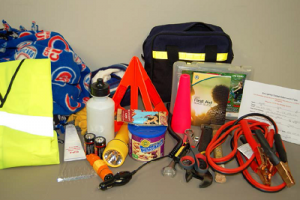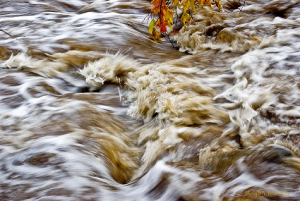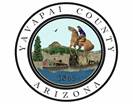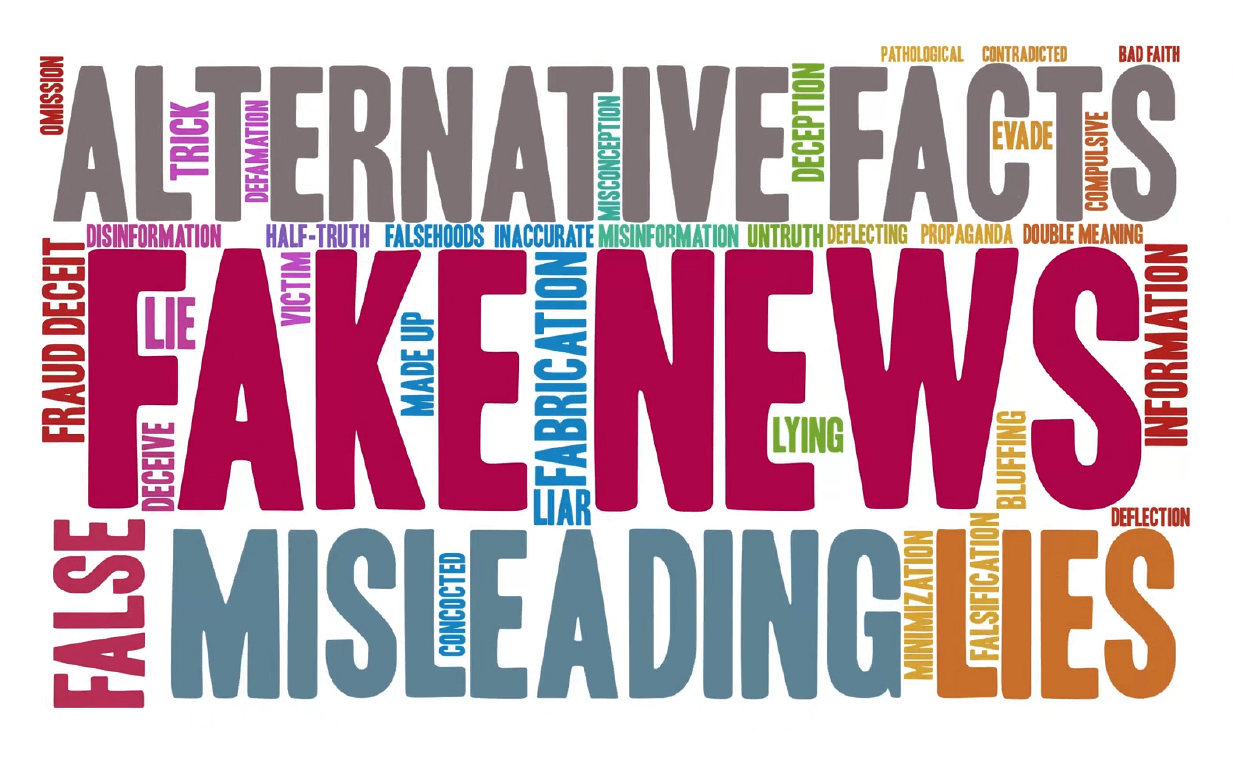 Sedona AZ (July 3, 2017) – The Yavapai County Office of Emergency Management advises that there is a reasonable potential that watersheds within burn areas, including Big Bug Creek and its tributaries, and Turkey Creek and its tributaries, will see increased flows and mudflows as the debris and ash from the Goodwin fire and others are washed downstream during monsoon season rains.
Sedona AZ (July 3, 2017) – The Yavapai County Office of Emergency Management advises that there is a reasonable potential that watersheds within burn areas, including Big Bug Creek and its tributaries, and Turkey Creek and its tributaries, will see increased flows and mudflows as the debris and ash from the Goodwin fire and others are washed downstream during monsoon season rains.
Understanding this potentiality, it is important to know that any residential structure in Yavapai County is eligible for flood insurance under the National Flood Insurance Program (NFIP). This includes structures in a Special Flood Hazard Area, as mapped by the Federal Emergency Management Agency (FEMA). There is a waiver to the 30-day waiting period for flood insurance if any claims are for a flood originating on and resulting from a fire on Federal property, and the policy was purchased within 60 days of the containment date.
Any residents downstream of burn areas are encouraged to talk to your insurance agent about obtaining flood insurance. More information on flood insurance can be found at www.FEMA.gov/NFIP.
Specific questions about the flood hazard area on your property can be directed to the Flood Control District at (928) 771-3197.

Prepare a car kit and stow in your vehicle for emergencies or disasters before you need it.
“As we enter monsoon season and especially after a fire, it is important to look at your property from the perspective of water flow and make sure all drains and water shed areas are clear of obstructions. This includes downed trees or general debris from the fire and it is a good idea to make sure your culverts are clear,” said Denny Foulk, Yavapai County Emergency Operation Manager.
The National Flood Insurance Program aims to reduce the impact of flooding on private and public structures. It does so by providing affordable insurance to property owners and by encouraging communities to adopt and enforce floodplain management regulations. These efforts help mitigate the effects of flooding on new and improved structures.
Overall, the program reduces the socio-economic impact of disasters by promoting the purchase and retention of general risk insurance, but also of flood insurance, specifically.

Merrill Roberts’ Monsoon in Sedona
Why do you need flood insurance?
FACT: Floods are the nation’s most common and costly natural disaster and cause millions of dollars in damage every year.
FACT: Homeowners and renters insurance does not typically cover flood damage.
FACT: Floods can happen anywhere—In Arizona, nearly 30 percent of flood claims come from properties outside the high risk flood zone.
FACT: Flood insurance can pay regardless of whether or not there is a Presidential Disaster Declaration.
FACT: Most federal disaster assistance comes in the form of low-interest disaster loans from U.S. Small Business Administration (SBA) and you have to pay them back. FEMA offers disaster grants that don’t need to be paid back, but this amount is often much less than what is needed to recover. A claim against your flood insurance policy could and often does, provide more funds for recovery than those you could qualify for from FEMA or the SBA–and you don’t have to pay it back.
FACT: You may be required to have flood insurance. Congress has mandated federally regulated or insured lenders to require flood insurance on mortgaged properties that are located in areas at high risk of flooding. But even if your property is not in a high risk flood area, your mortgage lender may still require you to have flood insurance.
Flood insurance helps more:
Check out your state’s flood history here with FEMA’s interactive data visualization tool. Roll your cursor over each county to see how many flooding events have happened. The tool allows you to compare how much FEMA and the U.S. Small Business Administration have provided in terms of federal disaster aid after Presidential Disaster Declarations to the amount the National Flood Insurance program has paid to its policyholders. It’s easy to see that having flood insurance provides a lot more help for recovery.
Who can buy flood insurance?
If you are a renter or homeowner (residential policy); or business owner (non-residential policy) and your property is located in a NFIP-participating community, you can purchase a policy. Contact your insurance agent to find out if your community participates in the National Flood Insurance Program.
Flood insurance from the NFIP is only available in participating communities. Ask your agent if your state and community participate, or look it up online in the Community Status Book here.
How can I buy Insurance?
Find an insurance agent near you. The agent who helps you with your homeowners or renters insurance may be able to help you with purchasing flood insurance too.
You can only purchase flood insurance through an insurance agent; you cannot buy it directly from the National Flood Insurance Program (NFIP). For more information about flood insurance, visit www.FEMA.gov/NFIP.
P repare Your Home For Flooding
repare Your Home For Flooding
• Take the steps to prepare your home against flood waters.
• Calculate how much your home and belongings are worth. Take pictures and save important files in a waterproof container – include jewelry and art appraisals.
• Clear debris from gutters and downspouts.
• Elevate your furnace, water heater, washer, dryer and electric panel (12 inches if possible).
• Anchor fuel tanks.
• Install check valves to prevent water from backing up into drains.
• Construct barriers to prevent water from entering the home, if possible, and seal the walls.
If flood waters are coming:
• Bring in outdoor furniture and move belongings to the highest possible floor.
• Disconnect all electrical appliances.
• If instructed, turn off gas and electricity at main switches.
Remember, it’s monsoon season. Be prepared and be proactive. And be a good neighbor by sharing this important information with family, friends and community. Use this article’s social network and email tabs, and print copies for display or distribution.
REMEMBER: Specific questions about the flood hazard area on your property can be directed to the Flood Control District at (928) 771-3197.

Read www.SedonaEye.com for daily news and interactive views!

